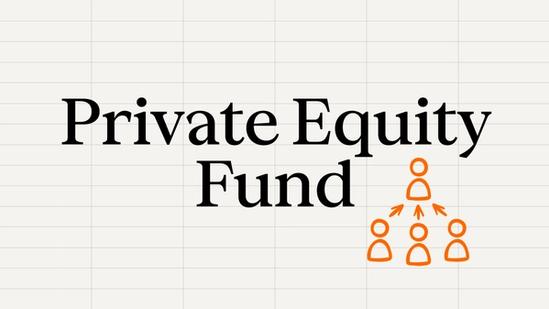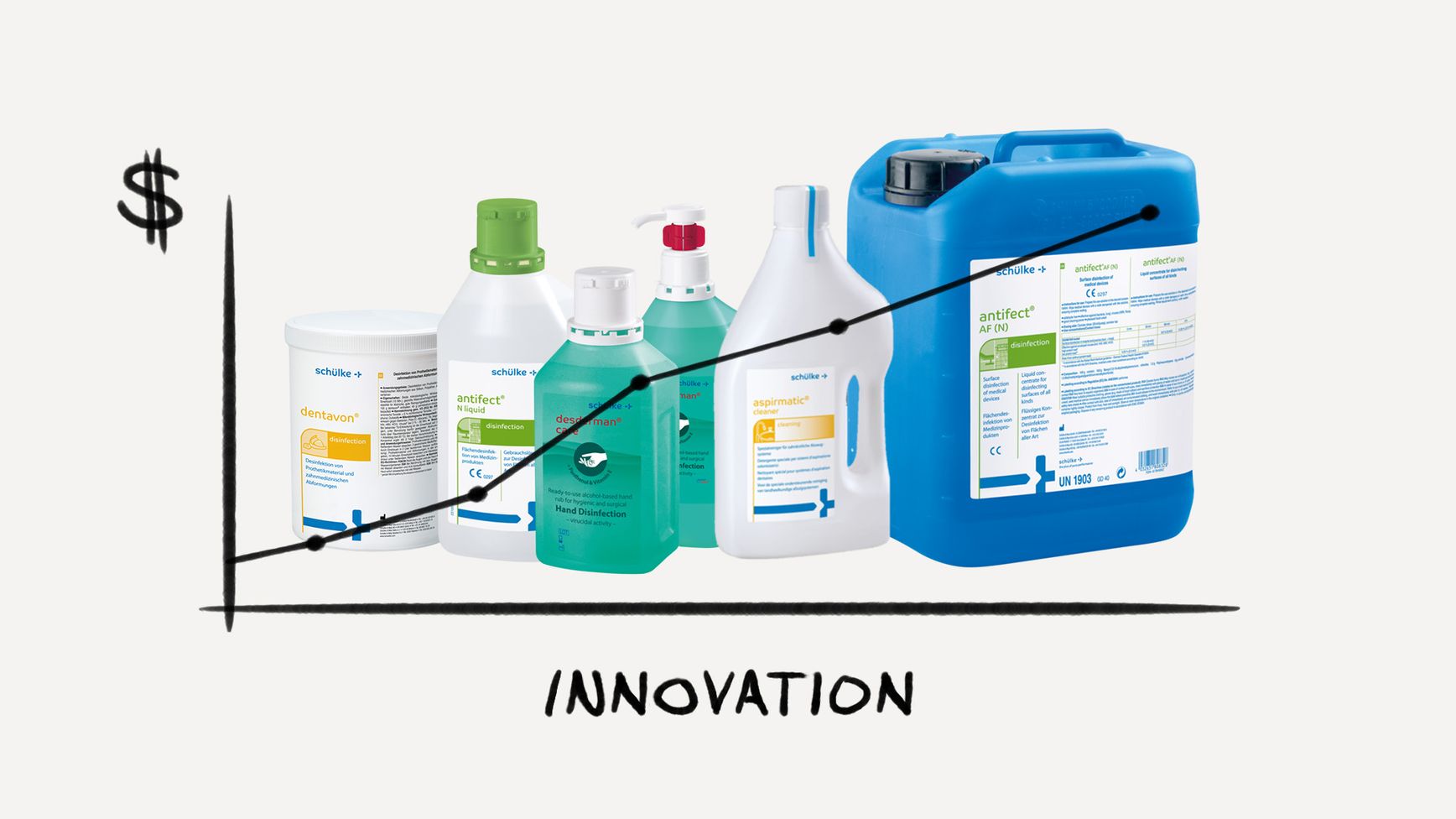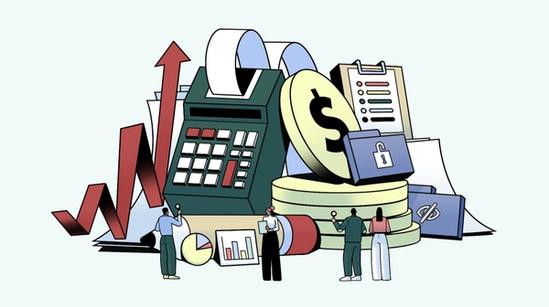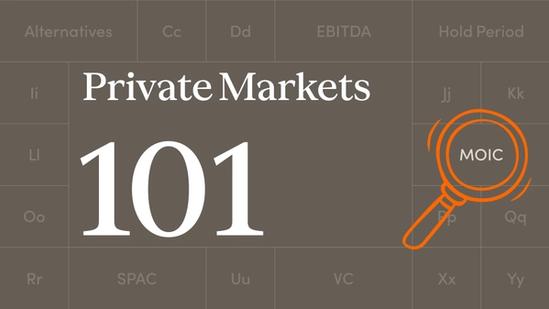What is a Private Equity Fund?

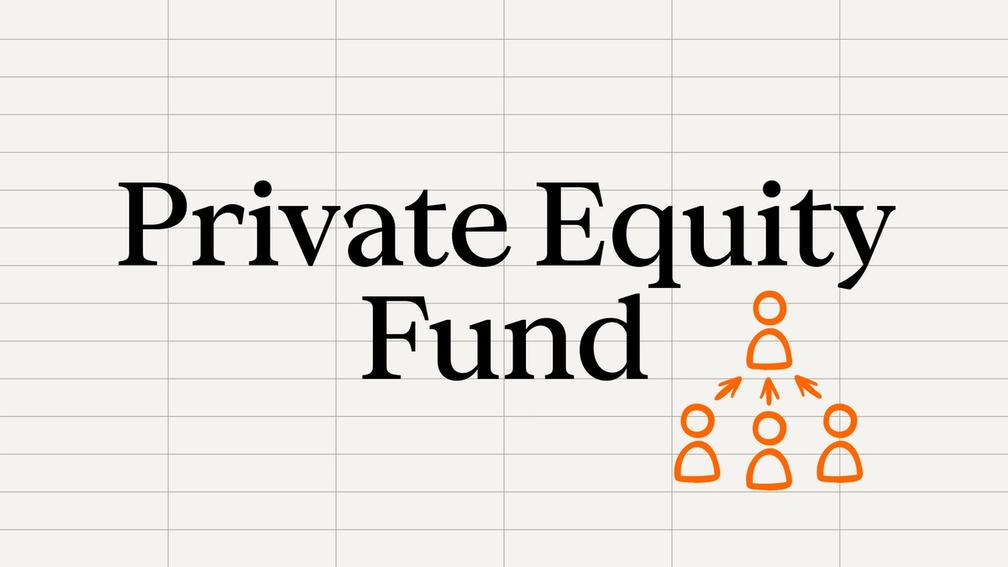
Learn the essentials of private equity funds—how they are created, raised, structured, and managed. This guide provides an overview of the lifecycle of PE funds, from raise to wind-down, and their governance.
- PE funds are created to pool capital from investors to acquire, add value to (by improving operations and ESG, for example), manage, and sell businesses to create long-lasting value.
Private equity (PE) funds are major players in the world of finance, known for their ability to drive growth, create value, and generate substantial returns for investors. Their effectiveness is why there are now more than $22tn in assets under management with private markets firms.
For those looking to understand what a PE fund is, this article dives into the essential aspects, from the reasons these funds are created to their fundraising processes, governance structures, and lifecycle stages.

Why are private equity funds created?
PE funds are created to pool capital from investors to acquire, improve, and ultimately sell businesses for a profit.
Such funds first emerged in the mid-twentieth century to capitalize on private sector growth opportunities, often using borrowed money to improve investment returns. They typically focus on companies where they can make a substantial impact through operational improvements and new market expansion, transforming good businesses into great ones.

How are private equity funds raised?
PE investors are typically institutional investors (for example, pension funds, insurance companies, sovereign wealth funds) or high-net-worth individuals. The process for raising funds usually follows a standard blueprint.
- Pre-marketing: between 6-12 months before the official launch of a fund, the fund managers will test investor interest through informal discussions to gauge investor appetite.
- Roadshow: the PE firm’s executive team will set up a series of presentations to promote their new fund to potential investors.
- Capital commitment: investors sign agreements to commit capital to the fund.
- Closing: wrapping up the fundraising process usually happens in stages. There may be an initial closing when a certain threshold (around 50-75 percent of target funds) is met, and then subsequent closings to allow additional investors to join.
Naturally, the success of a fundraiser is affected by the broader economic environment, and, in the current context, there is increasing competition for investment capital. This has driven many PE firms to up their game in building relationships and winning investments.
In recent years, there has also been a growth of perpetual funds called evergreen funds targeted at retail and affluent individual investors. These funds are marketed through pension and investment platforms and continuously accept new capital.

How are private equity funds structured?
A PE fund is typically set up as a limited partnership with two main parties:
- Limited Partners (LPs): the investors who provide most of the capital in the fund are known as the LPs. They have ‘limited liability’, meaning they can only lose up to the amount they have invested.
- General Partner (GPs): the private equity firm that manages the fund is known as the GP. The GP has unlimited liability and is responsible for the fund’s operations. The GP will also invest in the fund. Traditionally, this has been somewhere in the region of 1-5 percent, though occasionally commitments are much higher.
Beyond simply being a tried-and-tested model, this structure is used for a number of reasons. Firstly, there are tax benefits to setting up as a partnership, not a corporation. Secondly, it allows LPs to give control of funds to GPs, who can use their expertise in private equity to make investments. Thirdly, the limited liability setup protects LPs, who are not directly involved in fund management.
For overseeing the operations of the fund, the GP earns management fees. The industry standard has been 2 percent, but this number has trended lower over time. However, these fees are complemented by ‘carried interest’, a share of the profits on the fund’s investments – typically 20 percent, though this is subject to first hitting an agreed minimum return target.

How do private equity funds work once set up?
Once a PE fund is set up and capital committed, the focus shifts to executing the investment strategy and managing the portfolio companies. We can treat these separately for simplicity’s sake:
- Investment period: usually lasting between 3-5 years, this phase sees the GP actively seeking out and acquiring target companies. The GP leans on its industry expertise and networks to find investments that align with the fund’s strategy. This process is rigorous and involves a lot of due diligence, including financial and market analysis to ensure that a target company has growth potential.
- Active management: once a target company has been acquired, the GP will take an active role in managing and improving it. There are many strategies at a GP’s disposal, but the most common include operational improvements, financial restructuring and providing strategic guidance to company management.
Ultimately, the goal of the GP is value creation. GPs typically look at several areas where they can improve a company’s operating and financial performance: Sales growth and margin expansion are pursued through multiple strategies, including geographic expansion, new products, acquisitions and strategic re-orientation.
By improving the operational and financial performance of the fund’s portfolio companies, the GP aims to create a future-proofed business that will be attractive to potential buyers.
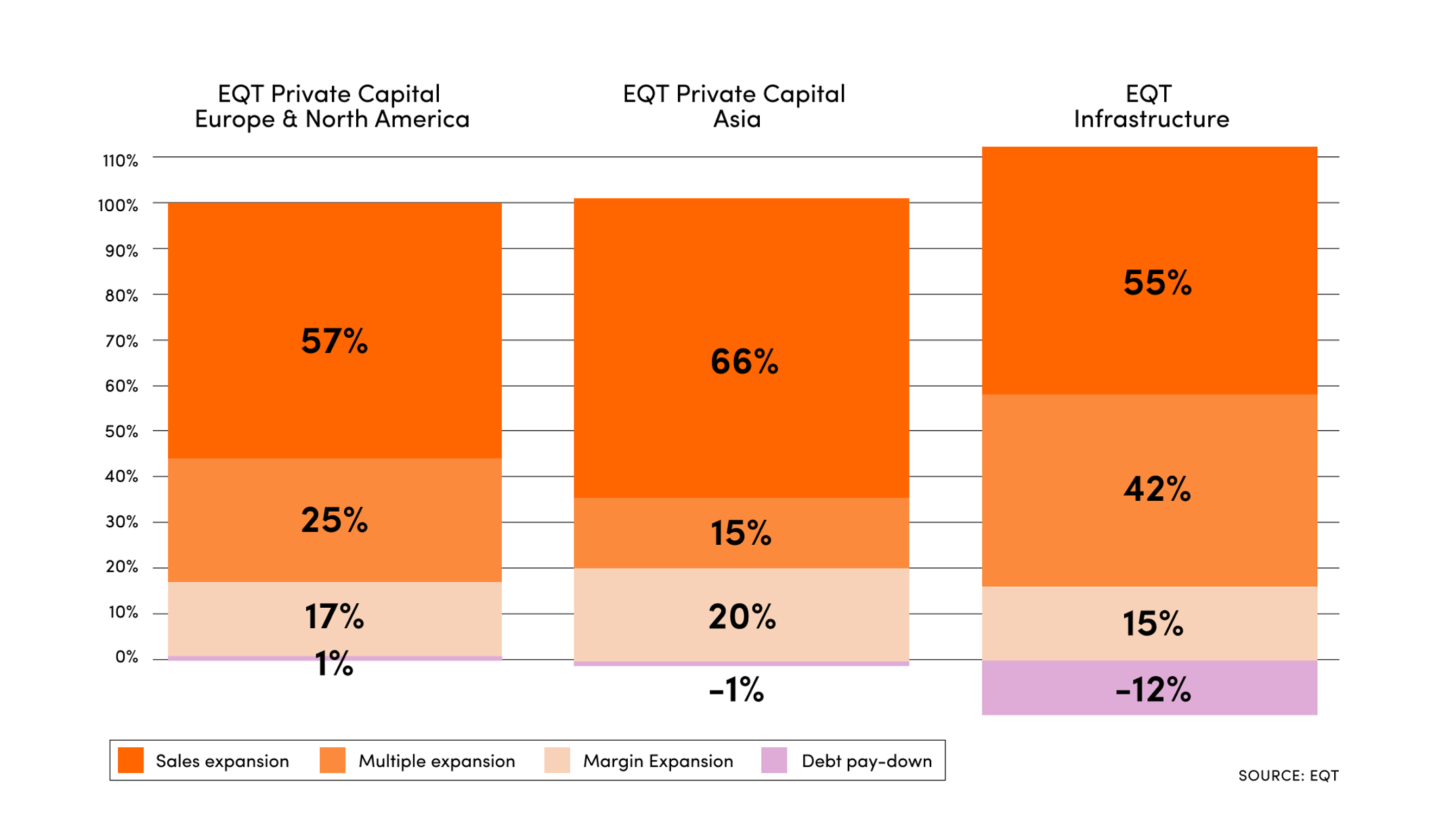
Source of Value Creation

What is the governance of a private equity fund?
The governance of a PE fund is organized to ensure transparency, accountability, and alignment of interests between the partners. Here’s a general overview of the actors involved in the governance of the PE fund.
- The role of GPs: we’ve already learned that GPs are responsible for the day-to-day operations of the fund. This includes making investment decisions and creating value by working with portfolio companies, but it also includes reporting, ie. providing regular updates to LPs on the fund’s performance. Reports are typically published quarterly, while annual meetings are held to present the yearly performance of the fund.
- The role of LPs: Providing the majority of the capital is the main role of the LP, so they don’t get involved in day-to-day operations. That said, they do play an important role in terms of oversight and governance as members of Limited Partner Advisory Committees (LPACs).
- LPACs: these committees are made up of LP representatives and function as advisory councils to the GP. They meet regularly to review fund performance, offer advice and ensure the GP’s activities align with the interests of LPs.
Creating and capturing value
Private equity funds play a crucial role in the financial ecosystem by pooling capital to acquire, manage, and transform businesses. From their creation to their governance and lifecycle, PE funds are structured to help create and capture value through strategic investments and active management. Understanding how these funds operate gives an insight into their potential for generating substantial profits while driving growth and innovation in key industries.
ThinQ by EQT: A publication where private markets meet open minds. Join the conversation – [email protected]
